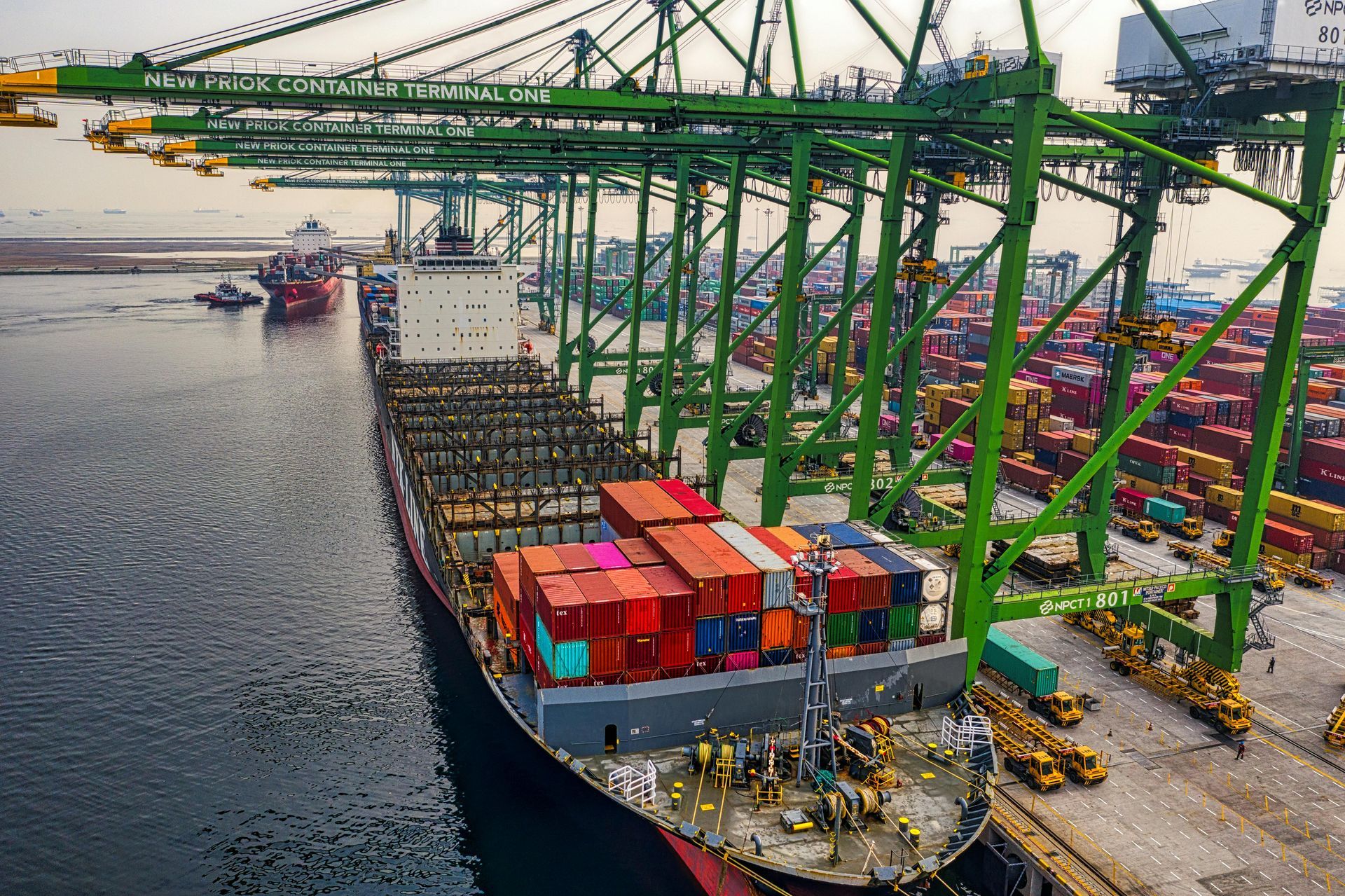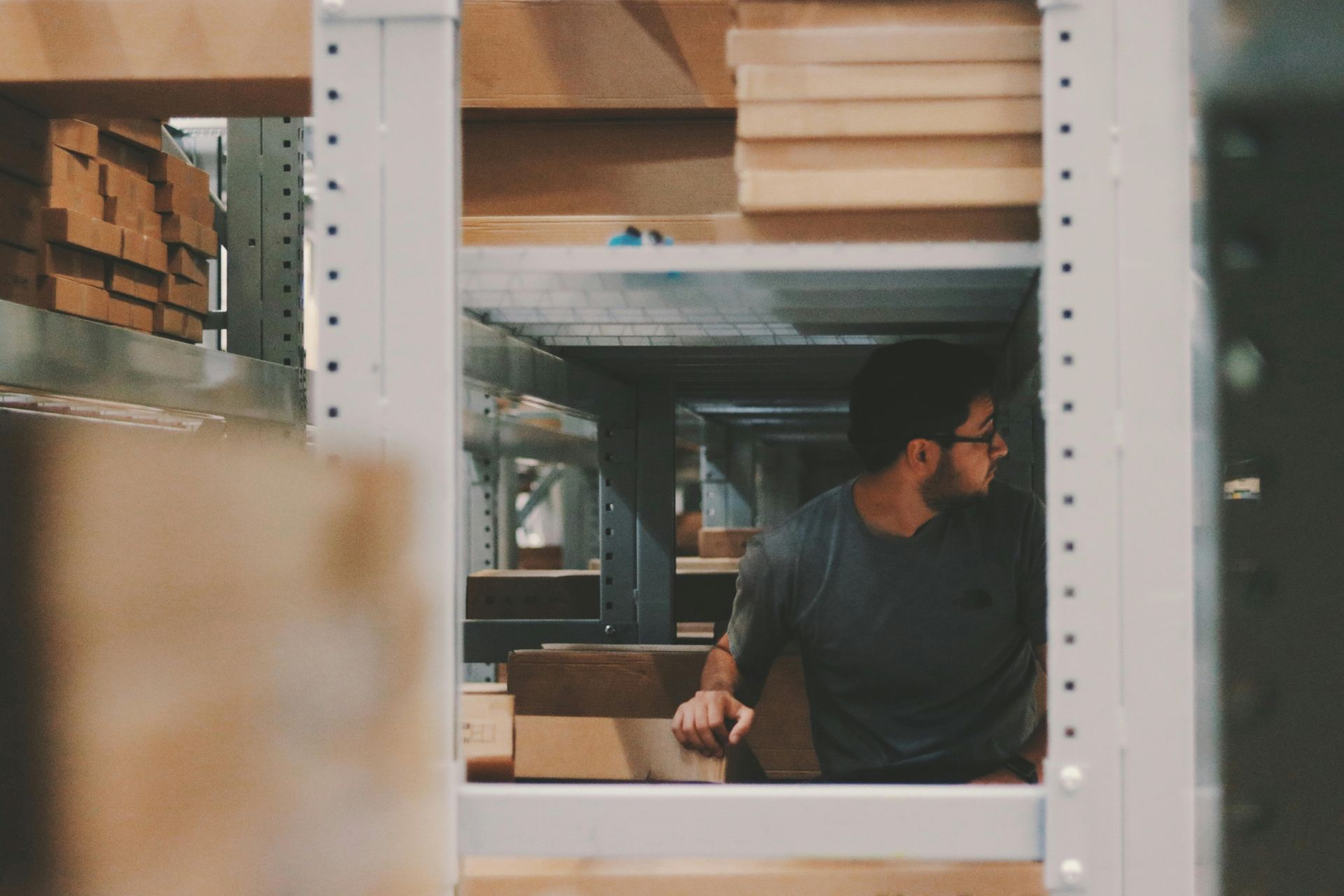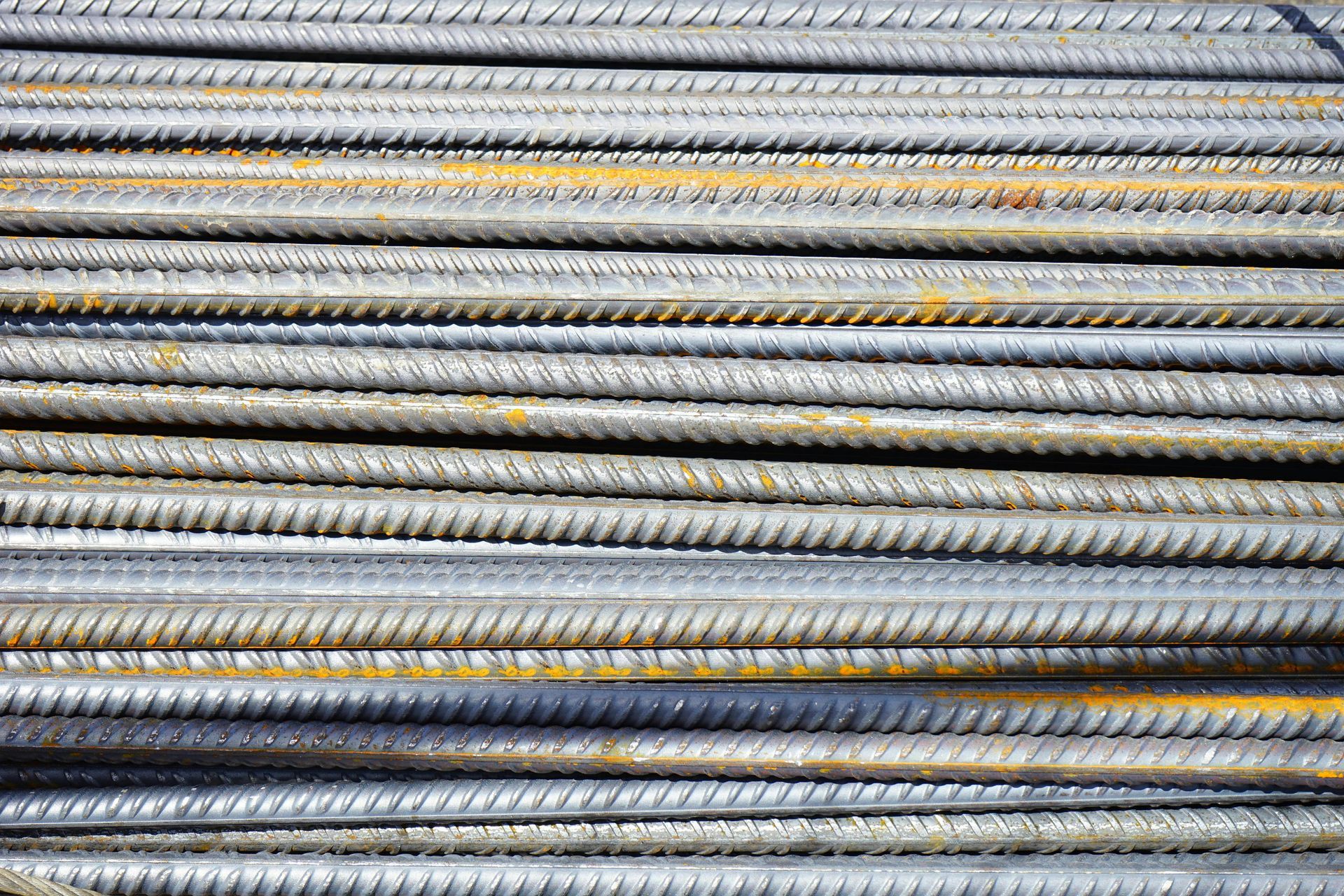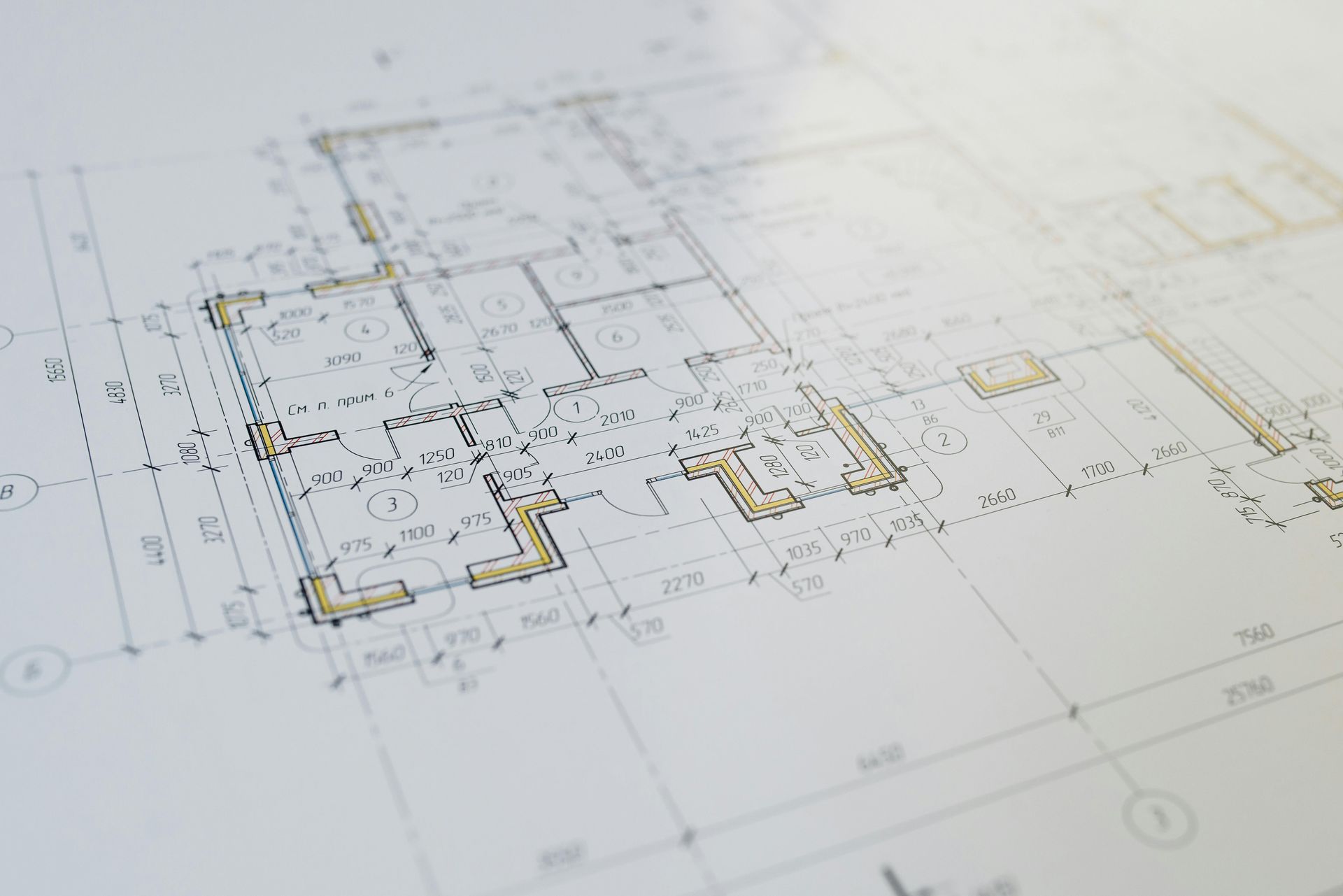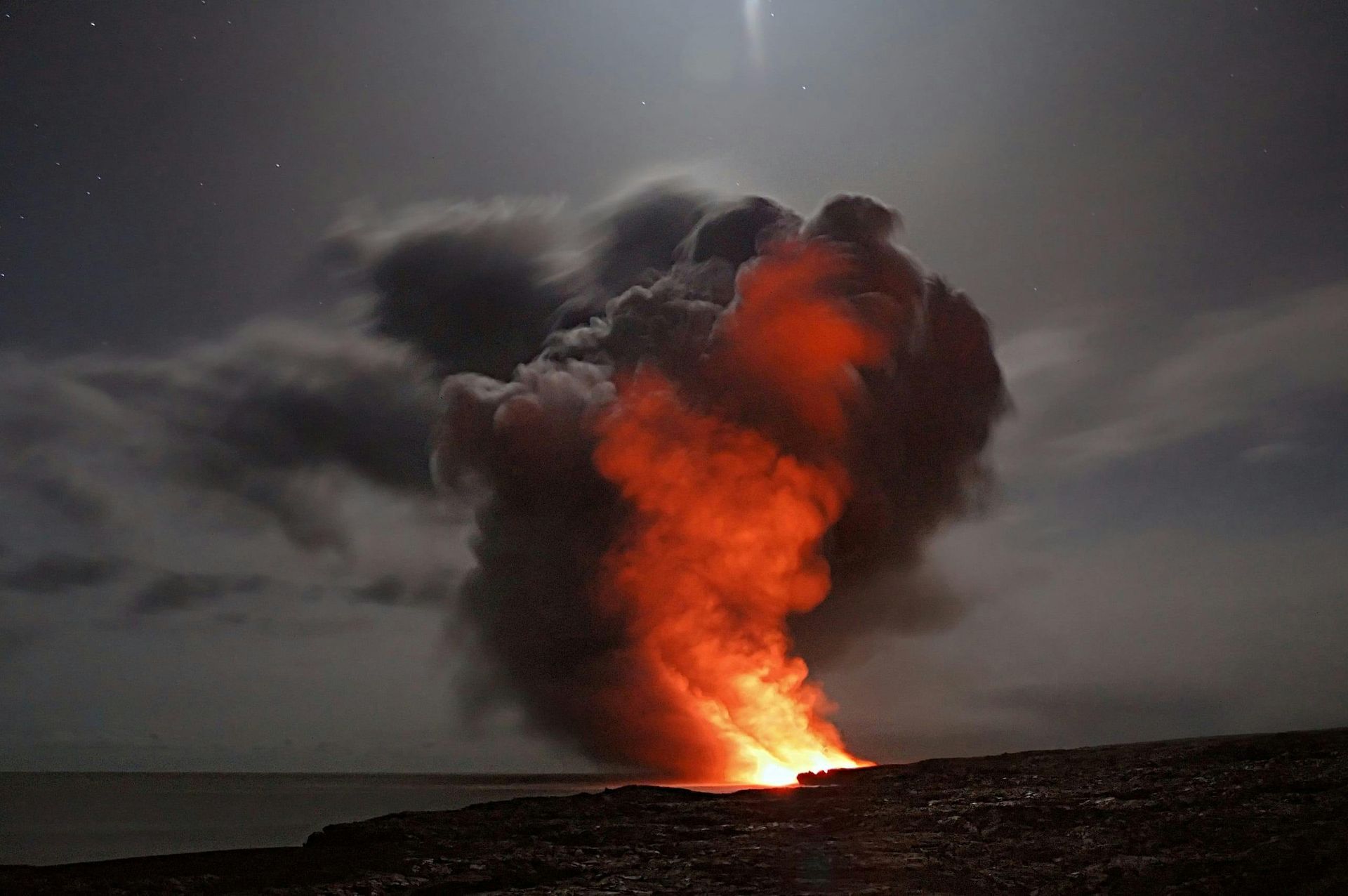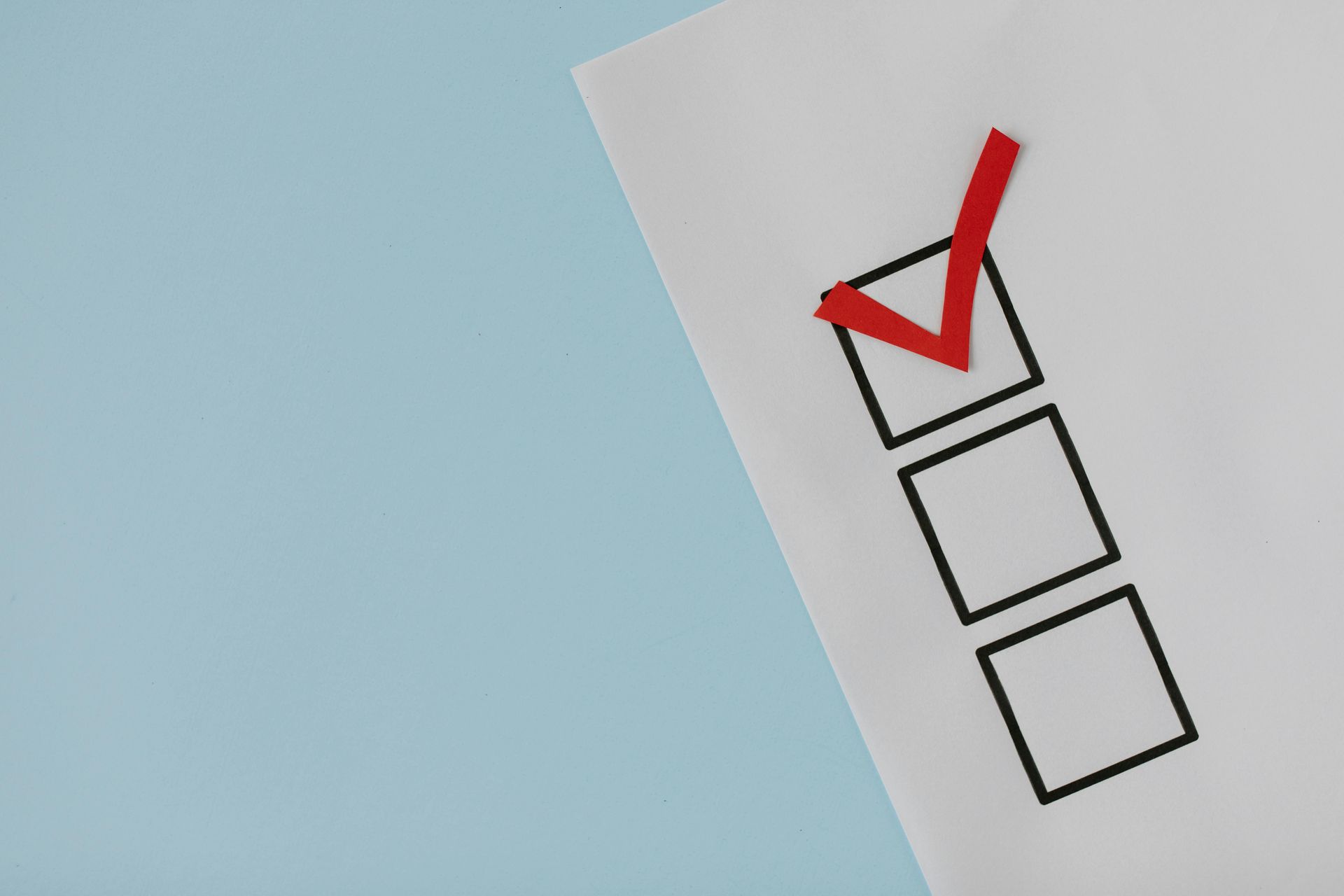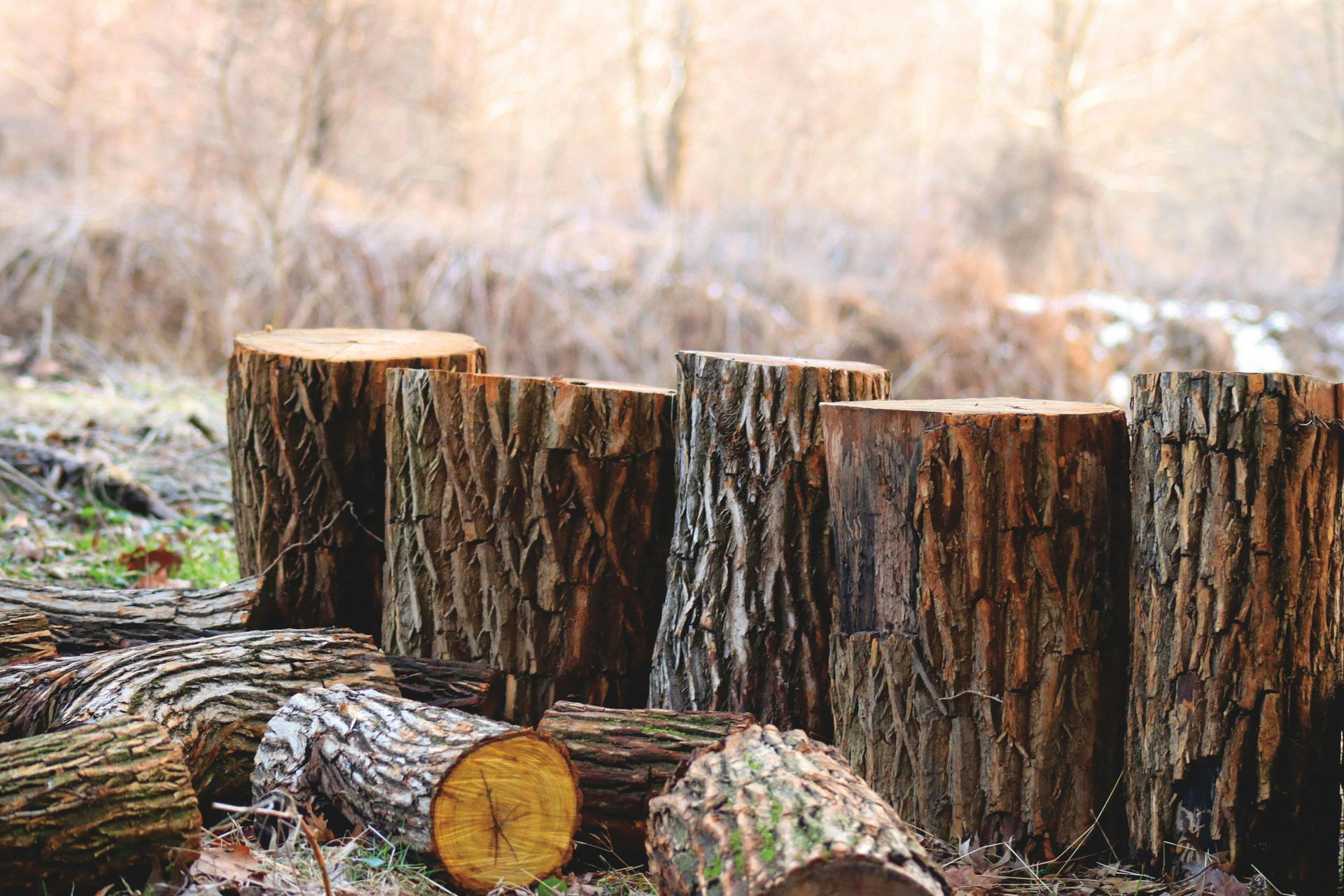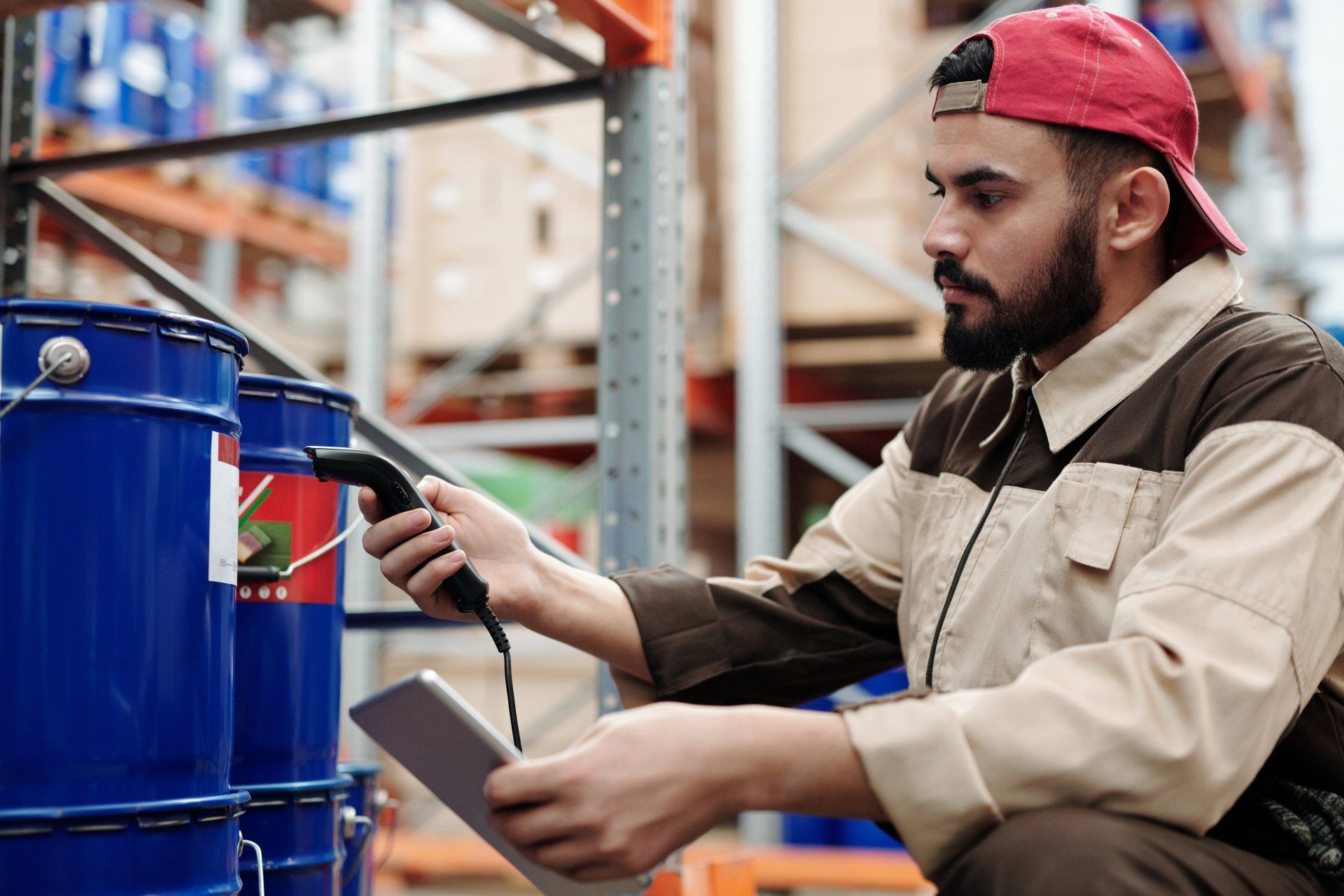Fire Safety in MDUs: Essential Design Considerations for Builders
Fire safety is a crucial component of any residential building, but it’s especially important in Multiple Dwelling Units (MDUs), where a single fire incident can endanger multiple residents. As high-density housing grows in popularity, ensuring fire safety in MDUs has become a top priority for developers and builders. Modern fire safety standards go beyond traditional alarms and extinguishers; they include advanced systems, strategic design elements, and new construction materials that help prevent, contain, and quickly respond to fires. In this article, we’ll explore essential fire safety considerations for builders to create safer, compliant, and resilient MDUs.
Implementing Comprehensive Fire Detection Systems
An effective fire safety strategy begins with a comprehensive detection system. Early fire detection is critical in MDUs, where smoke and flames can spread rapidly. Equipping MDUs with advanced smoke detectors, heat detectors, and fire alarms ensures residents are alerted promptly, reducing evacuation time.
- Smoke and Heat Detectors in Every Unit: Installing interconnected smoke and heat detectors in each unit, as well as in common areas, is essential. Interconnected systems mean that if one detector is triggered, alarms sound throughout the building, alerting everyone at once.
- Dual-Sensor Alarms: Dual-sensor alarms, which detect both smoke and heat, are more effective at identifying fire hazards early on. These alarms are particularly useful in areas prone to false alarms, such as kitchens, as they reduce unnecessary alerts while enhancing detection accuracy.
- Centralized Alarm Monitoring: For larger MDUs, having a centralized alarm monitoring system can be invaluable. This system sends real-time alerts to property management or a third-party monitoring service, ensuring that firefighters are alerted immediately if an alarm goes off.
An advanced fire detection system is a fundamental element of MDU fire safety, helping ensure early detection and fast response to prevent potential disasters.
Installing Automatic Sprinkler Systems
Automatic sprinkler systems are one of the most effective ways to control fires in MDUs, containing or even extinguishing flames before they spread. Many local building codes now require sprinkler systems in multi-family residences, making them an essential consideration in MDU construction.
- Installing Sprinklers in Every Room: Sprinkler systems should be installed in every room within individual units, as well as in hallways, stairwells, and common areas. Installing sprinklers throughout ensures that fires can be quickly controlled, regardless of where they start.
- Choosing the Right Type of Sprinklers: Residential sprinkler systems come in various types, including wet pipe, dry pipe, and pre-action systems. Wet pipe sprinklers are most common for MDUs, as they are reliable and react quickly. However, in colder climates or buildings with exposed pipes, dry pipe systems, which don’t hold water until activated, may be more suitable to prevent freezing.
- Regular Maintenance and Testing: Sprinkler systems require routine inspections and maintenance to ensure they function properly in an emergency. Testing sprinklers, checking water pressure, and ensuring valves remain open are necessary steps for maintaining an effective fire suppression system.
By incorporating sprinkler systems, builders create a safer living environment for MDU residents and reduce the risk of fire spreading throughout the building.
Using Fire-Resistant Building Materials
The materials used in MDU construction play a significant role in preventing fire spread. Fire-resistant materials can slow the spread of flames, giving residents more time to evacuate and firefighters more time to respond.
- Fire-Resistant Drywall and Insulation: Fire-resistant drywall and insulation can help contain flames within specific areas, preventing fires from moving quickly between units. Type X drywall, for example, is specially designed to resist fire for longer than standard drywall, making it ideal for fire-rated walls.
- Non-Combustible Roofing Materials: Fire-resistant roofing materials, such as metal or clay tiles, can help prevent fires from spreading across the roof. These materials are especially important for MDUs in areas prone to wildfires, where roof embers can cause significant damage.
- Fire-Rated Doors and Windows: Installing fire-rated doors and windows in units and common areas provides an additional layer of protection. Fire-rated doors prevent flames and smoke from entering hallways or stairwells, while fire-rated windows can withstand high temperatures, preventing external fires from entering the building.
By choosing fire-resistant materials, builders can construct MDUs that are better protected against fire hazards, enhancing safety and potentially reducing insurance costs for owners.
Designing Safe and Accessible Evacuation Routes
Having clear, accessible evacuation routes is essential in any MDU fire safety plan. Effective evacuation routes help residents exit the building quickly, even in high-rise or multi-floor MDUs, and ensure that emergency responders can easily access each level.
- Strategically Placed Exits: MDUs should have multiple exits on each floor, ideally positioned at opposite ends of the building, to ensure all residents have accessible escape routes. Well-marked exits with illuminated signs make it easier for residents to locate them during an emergency.
- Dedicated Fire Staircases: In taller MDUs, dedicated fire staircases provide a safe path for residents to evacuate in case of fire. These staircases should be fire-resistant and pressurized to prevent smoke infiltration, ensuring residents have a clear, safe escape route.
- Accessible Exits for All Residents: It’s essential to consider the needs of residents with disabilities when designing evacuation routes. Ramps, accessible stairways, and refuge areas on each floor can help ensure that all residents can evacuate safely. Installing evacuation chairs in stairwells may also help emergency responders assist individuals with mobility challenges.
- Emergency Lighting: Installing emergency lighting in stairwells, hallways, and common areas is crucial for guiding residents during an evacuation. Emergency lighting powered by backup generators or battery systems remains functional during power outages, helping residents exit safely even in low-visibility conditions.
Creating well-designed and accessible evacuation routes is a critical aspect of MDU fire safety, helping ensure that all residents can evacuate quickly and safely during an emergency.
Smoke Control and Ventilation Systems
Smoke poses one of the biggest threats in a fire, as it can quickly fill enclosed spaces, making it difficult for residents to breathe or find exits. Smoke control and ventilation systems are vital in MDUs, especially in buildings with long corridors or enclosed stairwells.
- Pressurized Stairwells: Pressurized stairwells help keep smoke out, providing a safe, breathable environment for residents as they evacuate. Pressurization prevents smoke from entering stairwells by pushing air into them, maintaining a clear path for residents and first responders.
- Smoke Exhaust Systems: Smoke exhaust systems remove smoke from hallways and common areas, improving visibility and reducing the risk of smoke inhalation. These systems are particularly beneficial in high-rise MDUs, where smoke can accumulate quickly.
- Automatic Ventilation Systems: Automated ventilation systems in hallways and stairwells can be triggered by smoke detectors to quickly remove smoke, slowing its spread. These systems are especially helpful in MDUs with enclosed layouts, where smoke may linger longer and pose a higher risk.
By incorporating smoke control and ventilation systems, builders can help prevent the spread of smoke and provide residents with a safer environment during a fire.
Regular Fire Safety Drills and Training for Residents
In addition to physical fire safety features, it’s essential to educate residents on fire safety practices and procedures. Regular fire drills and safety training empower residents to respond effectively during an emergency.
- Annual Fire Drills: Organizing annual fire drills familiarizes residents with evacuation routes and helps them understand how to respond to alarms. During drills, residents can practice locating exits, using stairwells, and safely evacuating the building.
- Providing Fire Safety Education: Providing residents with fire safety information—such as how to use fire extinguishers, avoid smoke inhalation, and prevent cooking fires—can reduce the likelihood of accidental fires. Educational materials like pamphlets or online resources are helpful, especially for new tenants.
- Emergency Contacts and Communication: Encouraging residents to save emergency contacts and providing a building-specific emergency communication plan helps ensure residents are informed during a fire. A communication plan could include a text alert system or designated safe meeting points outside the building.
Education and training empower residents to respond to fire emergencies safely, creating a well-prepared community and reinforcing the MDU’s commitment to safety.
Building Safer MDUs with Fire Safety at the Core
Fire safety is an essential consideration for any MDU, protecting both residents and property. From advanced detection systems and fire-resistant materials to well-planned evacuation routes and smoke control, each element of fire safety design contributes to a safer building. By integrating these fire safety measures into MDU construction, builders create homes that provide peace of mind, meet regulatory requirements, and offer lasting value for tenants and property owners alike.
With the right approach to fire safety, MDUs can not only comply with current codes but also establish a proactive safety culture that benefits everyone. As high-density living continues to grow, making fire safety a core focus in MDU construction is a critical step in protecting urban communities.
